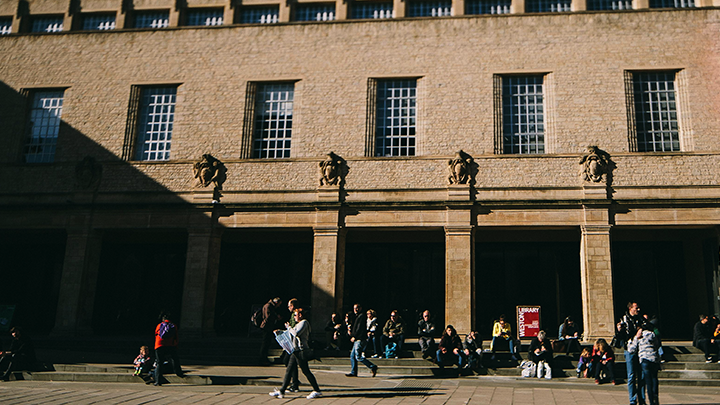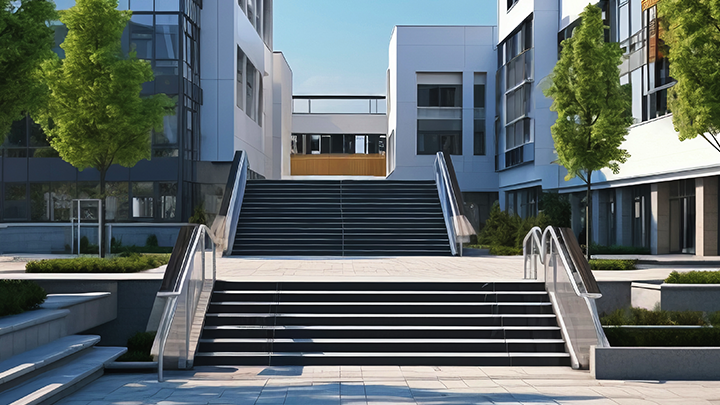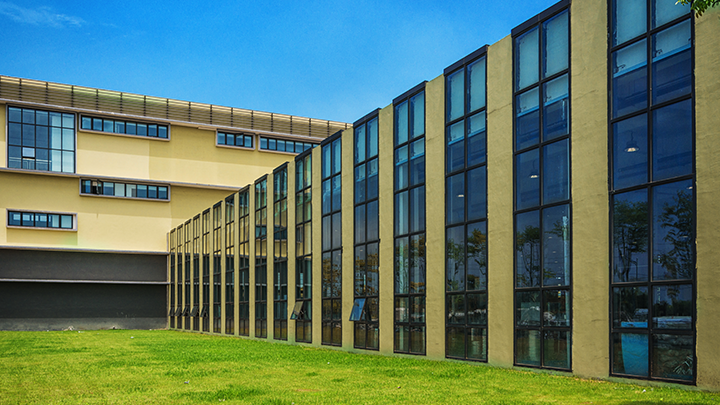Did you know that gaining Green Commercial Building Certification in Florida can increase a building’s rent value by 372%, according to the Florida Green Building Coalition?
Building owners see big returns when they make sustainable upgrades to their buildings. Right now, the demand for commercial rental space is on the decline. Vacancy rates went from 9% in the fourth quarter of 2019 to 17.2% in the second quarter of 2021, according to Statista. Meanwhile, the FGBC reports that Green Commercial Building-certified buildings saw an increased occupancy rate of almost 14%.
While turning an existing building into a sustainable one isn’t a quick task, you can take several doable, small steps to improve your building’s sustainability. Today, we’re sharing five of those simple steps.
Five Simple Steps to a More Sustainable Building
Smart Technology
Use artificial intelligence and smart systems to improve your efficiency. Building and facilities operations professionals can make their already existing systems more efficient with the right technology and processes.
First, add a building automation system (BAS) to your building system. You can control the heating, ventilating, and air conditioning (HVAC); lighting; and security systems from a dashboard, reducing energy and gas consumption.
Second, track your waste production with sensors. The sensors can integrate with your internet-connected platform to provide insightful data about waste production, so you can put systems in place to reduce waste.
Smart systems can move you from reactive to proactive maintenance. Predictive maintenance improves equipment efficiencies and carbon emissions.
Energy-Efficient Facility Assets
Retrofit your facility with a number of sustainable features like:
- Smart lighting systems
- Energy Star-rated building assets
- Solar panels
Facilities can also take small actions that have big impacts such as:
- Regularly maintain your facility assets.
- Right-size your HVAC so it is the correct size for the space.
- Configure computers, printers, and other technology to minimize energy consumption.
These relatively low-cost actions will improve your building’s carbon footprint.
Sustainable Materials
You have an opportunity to use green materials throughout your facility. From countertops to insulation, there is a green solution.
Sustainable materials have options like:
- Biodegradable
- Recycled
- Recyclable
- Renewable
Some materials to consider are:
- Reclaimed wood
- Insulated concrete forms
- Bamboo
- Green thermal insulation
- Reclaimed steel
- Bio walls
- Structural insulated panels
- Aerocon blocks
- Electrochromic glass
- Recycled rubber
Using sustainable materials will get you one step closer to Leadership in Energy and Environmental Design (LEED) certification if that’s your goal. Buildings that are LEED-certified have reported a 20% reduction in operating costs.
Modern Cleaning Products and Processes
Cleaning and janitorial care happen every day, so this area provides a great opportunity for making planet-conscious choices.
Modern cleaning refers to using products that minimize harming the planet while also protecting the occupants in your building.
When looking for low-environmental impact products, keep an eye out for:
- Reclaimed textile waste mops
- Recycled plastic brushes and brooms
- Cleaning products that contain baking soda, hydrogen peroxide, rubbing alcohol, vinegar, or lemon juice
Reduced Water Consumption
Reducing water consumption is easier than you might think. By using water-efficient fixtures, appliances, and smart devices, saving water is simple.
To reduce water consumption, try:
- Installing low-flow plumbing fixtures
- Looking for WaterSense-certified products
- Moving to a xeriscape, which means growing vegetation that is adapted to the local climate, reducing the need to water
- Installing smart lawn irrigation that turns on and off according to the local time and weather
Several low-cost options to reduce water consumption are available.
Small Steps to Sustainable Operations
Avoid high energy costs and low occupancy rates by reducing your carbon outfit and improving your energy efficiency. As you can see, even small choices and actions can have a positive impact on the environment.
Reach out to Encompass to move your building in the right direction. Get started here.









